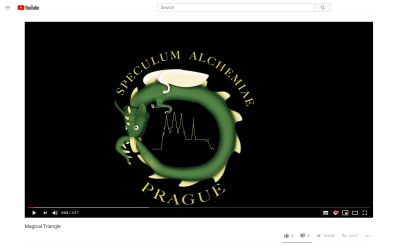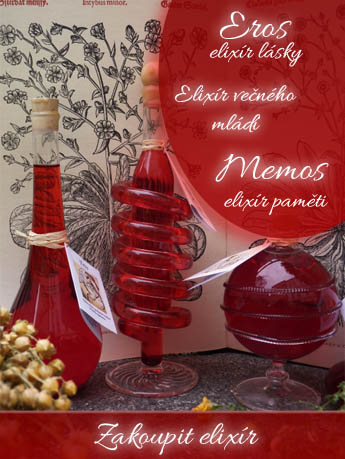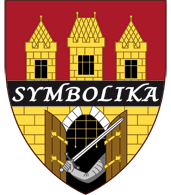About us
History of the builing
First written references about the stone area at the current location of the museum dates back to year 900 AD which means that this house is probably the second oldest building in Prague.
The house in Haštalská street No. 1 is located near the most important European trade route Grand Via, which was thousands of kilometres long and it ran from the north of Spain, across whole Europe to the Far East. Merchants probably used to come to this house and they always brought exotic goods and information with them.
According to written reference there was a herbal pharmacy in the 15th century, in which alchemists sell their potions and elixirs. In the 16th century, the house became a place where the Emperor Rudolf II. established his alchemical laboratory and he invited many famous alchemists to work here.
There were discovered alchemical workshops under the building and also underground tunnels that connected the three most important places in the city - Prague Castle, the Old Town Hall and Barracks.
Over the centuries the house has undergone several changes and reconstructions. It belongs to one of the few preserved during the redevelopment of the Jewish Quarter, which took place in Prague at the end of the 19th century. This incident is covered with mystery because no one ever reliably explained why this building was removed from the reconstruction plan.
A lot of legends are tied to this house. The most famous one tells of a goat’s flaming chariot that used to emerge in front of this house.












